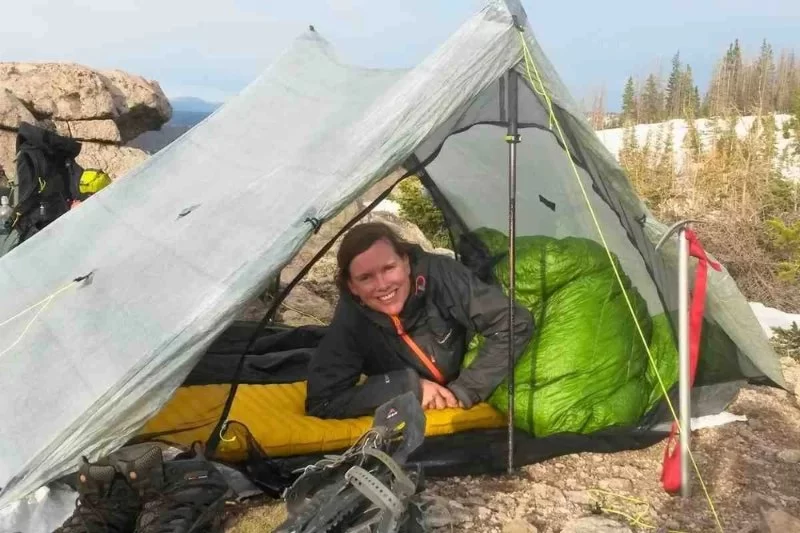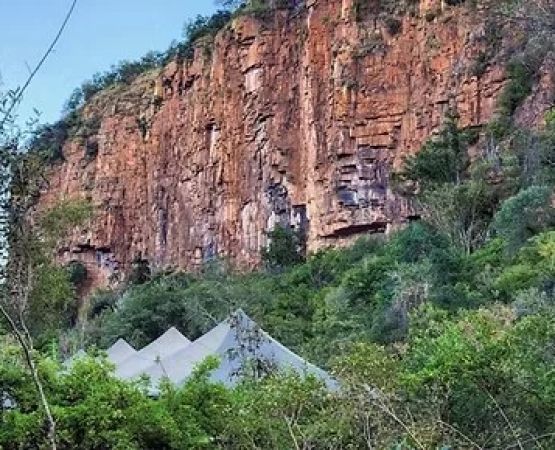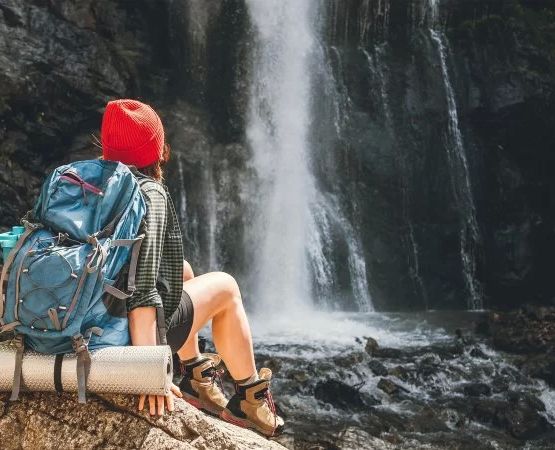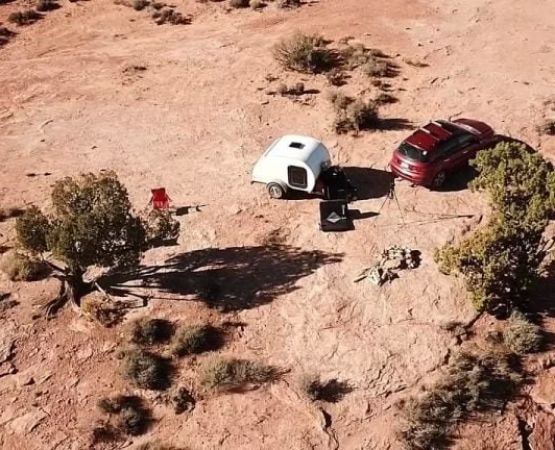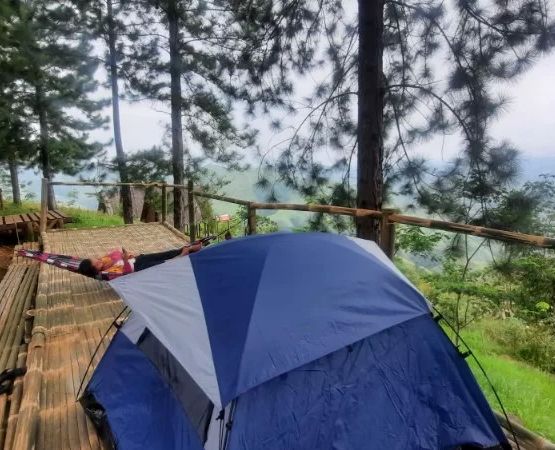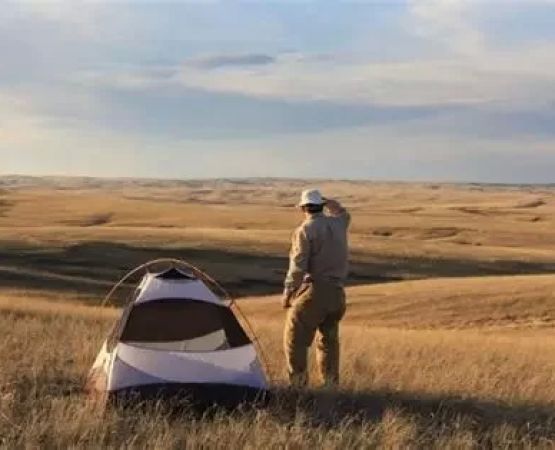- 1. Why Choose Lightweight Tents for Backpacking?
- 2. Key Features to Look for in Lightweight Backpacking Tents
- 3. Top Lightweight Tents for Backpacking in 2025
- 4. Real-Life Backpacking Stories: Lightweight Tent Adventures
- 5. How to Choose the Perfect Lightweight Tent for Your Adventure
1. Why Choose Lightweight Tents for Backpacking?
When embarking on a backpacking adventure, the weight of your gear plays a significant role in how enjoyable your trip will be. Lightweight tents have become a must-have for modern backpackers due to their portability and ease of use. Unlike bulky camping tents that can weigh down your pack, a lightweight tent allows you to carry less weight, giving you more freedom on the trail and reducing fatigue. A lightweight tent also allows for more efficient packing, letting you store other essential gear like sleeping bags, cooking equipment, and food. If you're planning long-distance hikes or multi-day treks, a compact and light tent can make all the difference in your overall experience.2. Key Features to Look for in Lightweight Backpacking Tents
When shopping for a lightweight tent, there are several important features to consider that will ensure you get the most out of your purchase: Weight and Size: The primary feature of lightweight tents is their reduced weight. A good lightweight tent typically weighs between 2 to 4 pounds (1-2 kg). The tent should also pack down into a compact size for easy carrying. Weather Resistance: Your tent should offer protection against the elements, from rain to wind. Look for tents with high-quality, waterproof materials and strong poles that can withstand harsh weather conditions. Ventilation: Good ventilation is crucial to avoid condensation inside the tent. Look for models with mesh windows or vents that allow for air circulation while still protecting you from insects and rain. Space and Comfort: While lightweight tents are designed to be compact, make sure the tent offers enough room for you and your gear. Some tents are designed for one person, while others offer space for two or more. Set-Up and Durability: The easier it is to set up your tent, the better. Look for tents with simple designs and color-coded poles. Durability is also key, especially if you plan to use the tent frequently on your trips.3. Top Lightweight Tents for Backpacking in 2025
Now that you know what to look for, here are some of the best lightweight tents for backpacking in 2025: Big Agnes Copper Spur HV UL2: Known for its perfect balance between weight and durability, the Copper Spur is an excellent choice for solo backpackers or couples. It weighs just under 3 pounds and features two doors and vestibules for extra storage. NEMO Hornet 2P: If you’re looking for a lightweight, ultra-compact tent, the NEMO Hornet 2P is an excellent option. Weighing in at 2.5 pounds, it offers a spacious interior while remaining highly packable. MSR Hubba Hubba NX 2: One of the most popular options for backpackers, the MSR Hubba Hubba NX 2 offers a durable, weather-resistant design with a weight of 3.5 pounds. It’s perfect for those who want a roomy tent that’s easy to carry. REI Co-op Flash 2: For a budget-friendly yet high-quality tent, the REI Co-op Flash 2 is a great option. It weighs just under 3 pounds and offers a minimalist design that still provides ample space and comfort for two. The North Face Stormbreak 2: Offering a great combination of weather resistance and ventilation, the Stormbreak 2 is a fantastic option for those who want to tackle more rugged terrain. It weighs about 5 pounds, making it slightly heavier than others, but still manageable for a two-person tent.4. Real-Life Backpacking Stories: Lightweight Tent Adventures
Many backpackers have shared their experiences with lightweight tents, highlighting the difference it makes in their outdoor adventures. One avid hiker, Mark, shared his experience hiking the Pacific Crest Trail with the Big Agnes Copper Spur HV UL2. He noted that while the tent was lightweight, it offered all the features he needed, including enough space for his gear and excellent ventilation to keep condensation at bay. Another backpacker, Sarah, took the NEMO Hornet 2P on a week-long trek through the Colorado Rockies. She loved how easy it was to set up and pack down, and appreciated the extra room for her gear. The tent’s weight was a big advantage, especially when it came to covering long distances each day. These real-life stories underscore the importance of selecting a tent that balances weight, durability, and comfort—ensuring your hiking trip is as enjoyable and efficient as possible.5. How to Choose the Perfect Lightweight Tent for Your Adventure
Choosing the perfect lightweight tent for your adventure boils down to understanding your specific needs. Here are some key considerations to help you make the right choice: Trip Duration and Environment: Think about how long you’ll be on the trail and the types of weather you might encounter. If you’re going on a multi-week hike through varied terrain, you may want a tent with additional weatherproofing and durability. Solo or Group Hiking: Will you be hiking alone or with a partner? For solo hikers, a one-person lightweight tent is ideal, while couples or small groups will need a larger option. Budget: Lightweight tents can vary significantly in price. Determine your budget and weigh the features you need to find the best value for your investment. Ease of Use: Pay attention to how easy it is to set up and pack down the tent. Some models require more time and skill to assemble, which can be frustrating after a long day of hiking.Once you’ve considered these factors, you’ll be able to choose the perfect lightweight tent for your next adventure. For additional guidance and to explore a range of camping and hiking gear, visit Pine Cliff Resort to find the best tents, backpacks, and outdoor accessories for your trips.

